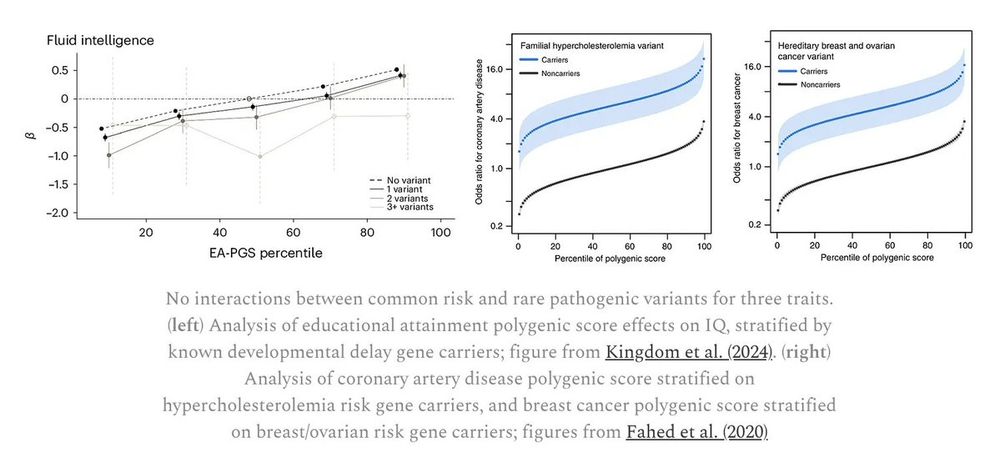Sasha Gusev
@sashagusevposts.bsky.social
6.4K followers
680 following
770 posts
Statistical geneticist. Associate Prof at Dana-Farber / Harvard Medical School.
www.gusevlab.org
Posts
Media
Videos
Starter Packs
Reposted by Sasha Gusev
Sasha Gusev
@sashagusevposts.bsky.social
· Aug 31
Sasha Gusev
@sashagusevposts.bsky.social
· Aug 29
Sasha Gusev
@sashagusevposts.bsky.social
· Aug 29
Ewan Birney
@ewanbirney.bsky.social
· Aug 28

Discovery and characterisation of gene by environment and epistatic genetic effects in a vertebrate model
Phenotypic variation arises from the interplay between genetic and environmental factors. However, disentangling these interactions for complex traits remains challenging in observational cohorts such...
www.biorxiv.org
Reposted by Sasha Gusev
Ewan Birney
@ewanbirney.bsky.social
· Aug 28

Discovery and characterisation of gene by environment and epistatic genetic effects in a vertebrate model
Phenotypic variation arises from the interplay between genetic and environmental factors. However, disentangling these interactions for complex traits remains challenging in observational cohorts such...
www.biorxiv.org
Sasha Gusev
@sashagusevposts.bsky.social
· Aug 29
Sasha Gusev
@sashagusevposts.bsky.social
· Aug 28
Reposted by Sasha Gusev
Sasha Gusev
@sashagusevposts.bsky.social
· Aug 28
Sasha Gusev
@sashagusevposts.bsky.social
· Aug 27
Sasha Gusev
@sashagusevposts.bsky.social
· Aug 27












